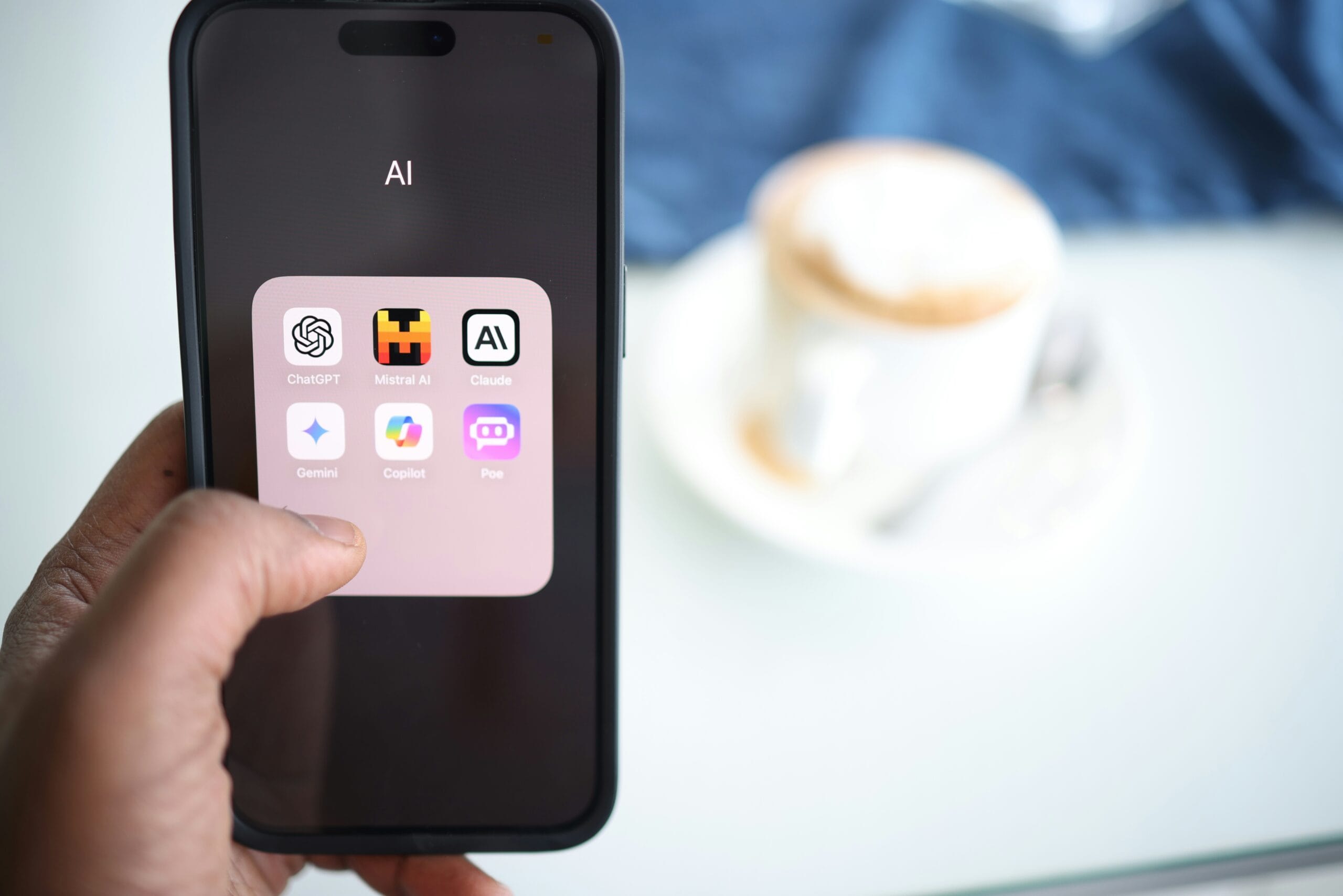The smartphone world in 2025 is witnessing another massive showdown — Qualcomm’s Snapdragon 8 Gen 4 versus Apple’s A18 Pro. Both chips are built for performance, efficiency, and next-level AI capabilities, but which one truly leads the flagship race this year? Let’s break it down in simple terms.
Performance Power: CPU and GPU
The Snapdragon 8 Gen 4 marks a big shift for Qualcomm. It finally ditches the traditional CPU cluster design for a fully custom Oryon CPU, giving it laptop-like performance in a smartphone. It runs on TSMC’s 3nm process and delivers a noticeable boost in multitasking and gaming. Qualcomm claims the CPU is nearly 40% faster than last year’s Gen 3, while using less power.
Apple’s A18 Pro, on the other hand, also uses a 3nm process and focuses on balanced performance. The chip offers slightly better single-core performance thanks to Apple’s refined architecture, making the iPhone 16 Pro lightning fast in daily tasks. However, Snapdragon 8 Gen 4 takes the edge in multi-core and gaming performance, especially in sustained workloads and heat management.
GPU and Gaming Experience
When it comes to graphics, Qualcomm’s new Adreno GPU is a beast. It brings real-time ray tracing and console-level visuals to Android flagships like the Galaxy S25 Ultra and Xiaomi 15 Pro. Gamers will love how smooth the frame rates feel, even at the highest settings.
Apple’s A18 Pro GPU is still very efficient and works beautifully with iOS optimization, but in raw power, the Snapdragon’s GPU now slightly outperforms Apple’s, especially in intensive gaming sessions.
AI and On-Device Intelligence
AI is the biggest battleground of 2025. Snapdragon 8 Gen 4 comes with a massively upgraded Hexagon NPU that supports real-time generative AI tasks — like image editing, language translation, and smart scene detection — directly on the device. Qualcomm’s AI engine also powers many “on-device” ChatGPT-like assistants that don’t rely fully on cloud servers.
Apple’s A18 Pro Neural Engine is incredibly efficient too. It supports on-device Siri improvements, better camera scene detection, and AI-driven photo editing. While Apple’s AI experience feels smoother and more integrated into iOS, Qualcomm’s raw AI power and flexibility give it a slight performance edge.

Battery Efficiency and Thermals
Despite its power, the Snapdragon 8 Gen 4 manages impressive battery life. Phones powered by it last longer during gaming or video playback compared to last year’s models. Apple’s A18 Pro, however, remains a master of energy optimization — its efficiency in standby and everyday use is still the best.
So, if you’re after pure endurance, Apple takes the win; if you want high performance with solid battery life, Qualcomm is not far behind.
Connectivity and Features
Qualcomm continues to dominate in connectivity. The Snapdragon 8 Gen 4 supports Snapdragon X75 5G modem, Wi-Fi 7, and Bluetooth 5.4, making it future-ready. Apple’s modem tech is catching up but still relies on optimized versions of Qualcomm chips for now. So, Android phones powered by Snapdragon generally offer faster and more stable network speeds.
Devices Powered by Snapdragon 8 Gen 4 and Apple A18 Pro
The Snapdragon 8 Gen 4 will power most of 2025’s top Android flagships. You’ll see it inside phones like the Xiaomi 15 and 15 Pro, OnePlus 13, Vivo X200 Ultra, Oppo Find X8 Ultra, ASUS ROG Phone 9 Pro, and Honor GT Pro. Samsung is also expected to use a tuned “for Galaxy” version of this chip in the Galaxy S25 series.
On the other side, Apple’s A18 Pro is already featured in the iPhone 16 Pro and iPhone 16 Pro Max, while the standard A18 powers the iPhone 16 and iPhone 16 Plus. These are the first phones to showcase Apple’s next-gen silicon with improved AI, camera, and battery optimization.
Verdict: Who Wins the 2025 Chip Battle?
Both chips are incredibly advanced, but they focus on different strengths.
- Snapdragon 8 Gen 4 is ideal for gamers, power users, and AI enthusiasts who want top-tier performance and customization.
- Apple A18 Pro is perfect for users who value stability, battery efficiency, and seamless integration with iOS.
In short, Snapdragon 8 Gen 4 wins the raw power race, while Apple A18 Pro leads in system efficiency and user experience. No matter which you choose, both chips are redefining what flagship smartphones can do in 2025.



